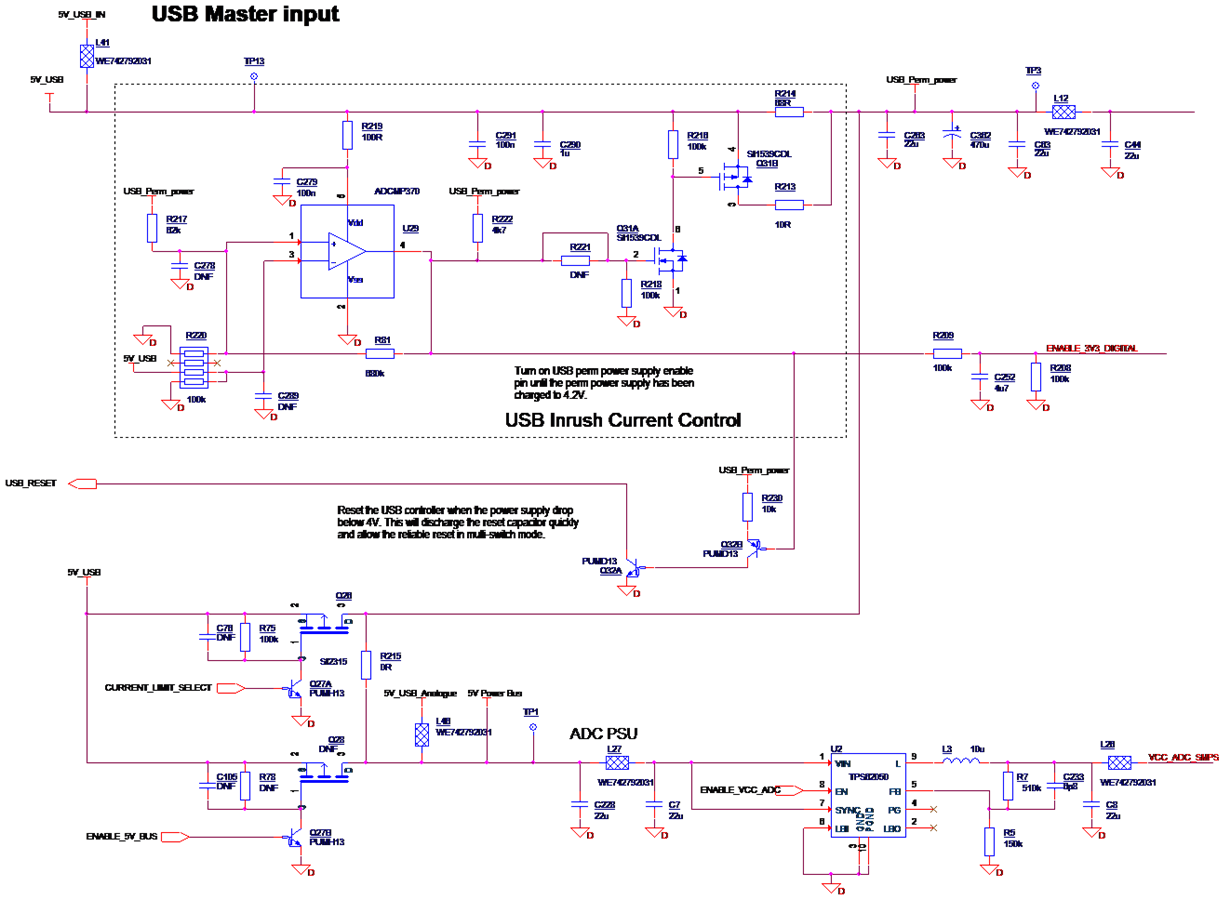We have a power-on issue to use the power management IC, TPS62050. There is the inrush current control in the design, it will limit the current drawn by the IC to be less than 12mA to be able to complete the power-on procedure properly. On the specification, the max quiescent current is less than 30uA, but during the power-on procedure the current drawn by TPS62050 will reach 20mA sometimes when the EN pin keep 0V and the VIN pin’s power voltage increase gradually. It normally happens at about 2.3V when the device is turned on after switch off for long period (the ambient temperature is still 20 °C). We are not sure for what reason the high quiescent current has been triggered, but some of our device failed to power on for this reason. Once it passed the certain level, the IC works fine.
-
Ask a related question
What is a related question?A related question is a question created from another question. When the related question is created, it will be automatically linked to the original question.


